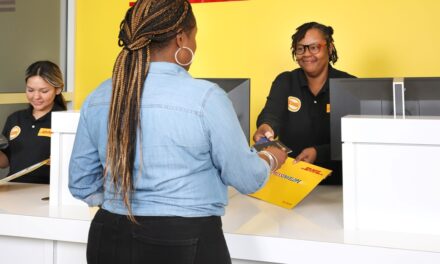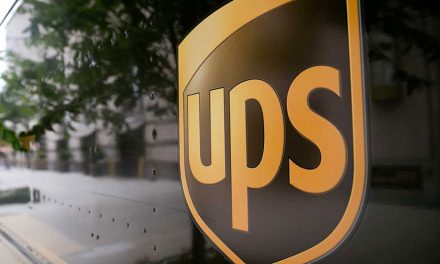
Amazon joins online market for groceries
Amazon.com customers now can shop for groceries alongside lipstick, treadmills, textbooks, DVDs and auto parts.
The online retailer announced on Monday its entry into what industry analysts project will be a 4.2 billion USD market this year.
Amazon Grocery is selling more than 14,000 non-perishable grocery items and household supplies, mostly in bulk.
"It is a fairly comprehensive selection of food and cleaning goods that come in a bundle capacity, though we do sell single items as well," said Amazon spokeswoman Tracy Ogden.
The store debuted May 25 and has since had more than 200,000 visitors. Amazon did not release the number of buyers.
Online grocery sales are projected to grow 27 percent this year from 3.3 billion USD last year, said Jupiter Research senior retail analyst Patti Freeman Evans.
By 2010, Mrs. Freeman Evans said U.S. online grocery shopping will be the fourth-largest category of U.S. online retail sales behind apparel, computers and housewares, garnering 8.4 billion USD worth of sales. The categories do not include automotive, travel and prescription drugs.
Though the numbers sound impressive, Mrs. Freeman Evans said U.S. online rocery sales are currently 0.7 percent of total U.S. grocery sales, which are currently about 640 billion USD. By 2010, Jupiter projects that U.S. online grocery sales will grow 57 percent to 1.1 percent of the 760 billion USD worth of total groceries sold in the United States.
"Online is just a drop in the bucket" for most large grocery chains, Mrs. Freeman Evans said, and most chains recognize that online grocery sales will not account for more than 2 percent of their total sales anytime soon.
Mrs. Freeman Evans said the new store reflects Amazon's desire to be a one-stop shop. "Amazon wants to be the ubiquitous online shopping resource," she said.
The grocery store emerged from Amazon's health and personal care store, created in 2003, Ms. Ogden said. She said the snack foods and household products led to customer demand for more grocery items.
Amazon ships the groceries from its warehouses directly to customers, except for the store's gourmet items, which the merchants ship to customers. The company uses a variety of shipping methods — the U.S. Postal Service, UPS, FedEx and Airborne/DHL. Orders of 25 USD or more are eligible for free Super Saver Shipping, which means it takes an additional three to five days to ship.
Ellen Davis, spokeswoman for Shop.org, an online association for retailers, said some online retailers "may be trying to jump on the warehouse bandwagon," offering goods in bulk quantities after witnessing the success of price clubs such as Costco and Sam's Club.
Online grocery ventures such as Webvan failed at the beginning of the decade because these companies "vastly overestimated" the potential sales volume, Mrs. Freeman Evans said. Webvan, founded in the late '90s, filed for Chapter 11 bankruptcy protection in 2001.
In light of these early failures, Ms. Davis said one reason that retailers with established brick-and-mortar businesses have continued to enter the online market is because consumers have become more comfortable with the Internet. Also, she said companies are reaching out to people who just don't like shopping.
One such customer is Gina Jurney of Laurel, who has shopped online at Peapod by Giant for about two to three years. She said she finds grocery shopping inconvenient and unpleasant.
Online grocery shopping services that survived the burst of the dot-com bubble have learned to set realistic expectations of sales volume and how to be cost effective, Mrs. Freeman Evans said.
One such company is Peapod, founded in 1989, whose Peapod by Giant delivers to customers in the District and parts of Maryland and Virginia. Elana Margolis, spokeswoman for Peapod, said the online grocery service has had about 250,000 customers nationwide so far this year. She said sales have increased by 25 percent each year since 2001.













